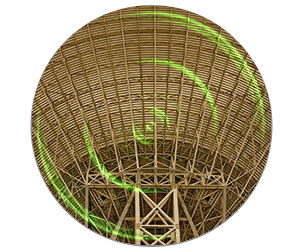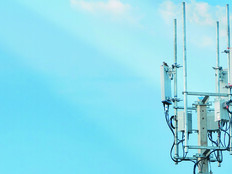‘Transformative’ Technology Could Let Agencies Tailor the Network
At DOE, Robinson Pino sees big opportunities. “It could open very new opportunities for remote sensing, for example, by lowering the cost of the infrastructure, the cost of the sensors and how we deploy them,” says Pino, a computer scientist and program manager for the Advanced Scientific Computing Research program office in the agency’s Office of Science.
“A particle accelerator is normally located in our national laboratories, and if you visit one, you'll see cables everywhere in the lab,” he says. “If we had the opportunity to use wireless technology to move the data, that could reduce the amount of cabling, it could change how we would design the experiments. It could be quite transformative.”
READ MORE: See how the Defense Department is utilizing 5G.
While speed and capacity are important, “the real key is the ability to tailor the properties of the network for specific uses. 5G brings a feature called network slicing, where you could have the same network and slice it for the requirements of each workflow,” he says.
DOE manages the Energy Sciences Network, a global network with speeds of over 400 gigabytes per second that connects its 17 national laboratories with universities and other research institutions. These can be massive data sets, and more granular control makes it possible to move those more effectively, Pino says.
Right now, the biggest hurdle to 5G adoption in DOE has to do with culture change. People have been doing science for decades without wireless networking, Pino says. To drive adoption, his team is looking to offer tangible examples of the benefits of 5G.













